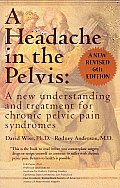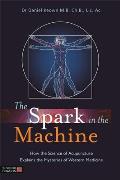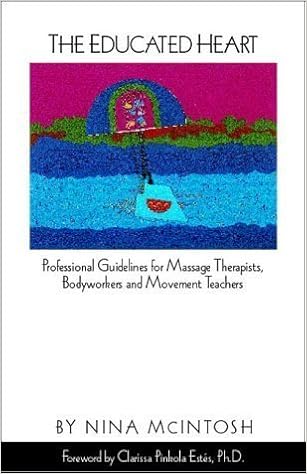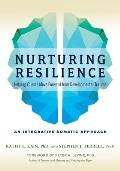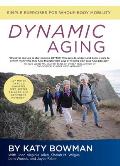Recommended to me by: Required for the Visceral Manipulation class
A highly technical textbook for the Visceral Manipulation class. Some anatomical terms are defined, and some aren’t. Some are illustrated, and some aren’t. The book seems directed at medical doctors (“order radiographs when indicated”) and at the same time seems slightly defensive when describes experiments demonstrating results from these techniques.
For each internal organ, anatomy and relationships to other organs are precisely described, along with possible variations and disorders. The mobility (motion with breathing) and motility (intrinsic motion) of each organ is also described, along with manual techniques to improve these motions. I’m assuming the class will make all this clearer – these are not techniques to learn from a book, even with the included photographs.


